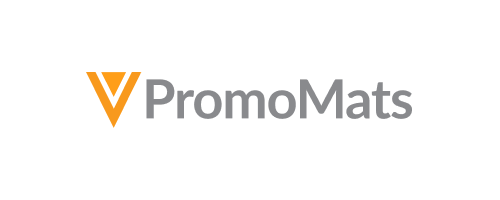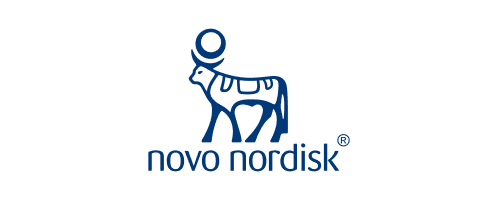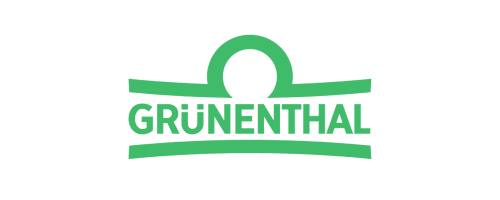What Your MLR Team Really
Thinks About Modular Content
Dr. Stephanie Loesch, director, global advertising and promotion processes and standards, AdPromo at Merck KGaA, Darmstadt, Germany, Dr. Tim Patel, U.K. medical director at Astellas, and Dr. Rina Newton, compliance expert, recently fielded questions from Emma Hyland, vice president of commercial content at Veeva, about how to engage medical, legal, and regulatory (MLR) teams effectively in their modular content journeys.
Emma Hyland: What do MLR teams really think of modular content?
Rina Newton: It’s a big question and a big answer. MLR, or content copy approval, is one of the most important processes underpinning self-regulation. However, it’s also a laborious process. Recently, the most significant innovation in this area was the advent of electronic approval systems. We all thought that was amazing, but now we see a new horizon with modular content innovation because it represents the ability for compliance people to realize efficiencies.
Hyland: Tim, as a U.K. medic, the person ultimately responsible for signing off the final version of content before it can be released, do you agree that this is a significant change in the way that MLR teams will work and how are you getting ready for it?
Tim Patel: It’s a big change, but elements were already there. Previously, when you briefed your agencies, you may have used core claims documents to form the sales aid, and then you’d re-look at it.
In today’s world, we need speed and agility. There’s more content, evidence, conferences, and data. There’s a real advantage in having modular content, and medics need to get involved a lot earlier to get the foundation right. Ideally you want to build the content map and the channels that you want to use for the year rather than panicking when you need an approved email after a conference.
Hyland: In some markets, the medical teams are responsible for final signoff but in the majority, it is regulatory, the function you lead, Stephanie. How are your teams involved in preparing for this change?
Stephanie Loesch: We are currently in the modular content proof of concept phase at Merck. We involved country material owners and regulatory affairs early during the POC setup. The so-called information officer, a key role, handles regulatory affairs in many countries.
With modular content, we are striving for simplicity, higher efficiency, and speed; nevertheless, it’s crucial to understand and consider local regulatory requirements.
For the information officer asked to sign off the final piece of content, the modular content approach may be more efficient than the way materials are reviewed and approved today. Trusting in the high quality and compliance of pre-approved modules, they may only look into the context of the final material, which can save time and result in a quicker signoff.
When involving teams in preparing for the change, reaching alignment about what modular content means is essential. It’s also important to share why we are doing this and what is in for the specific role. First, we start with the people, look into the process, and finally configure the technology. Looking into the process means accommodating for modular content and defining business rules with the overall goal of simplicity. Defining the rules is an investment in time that will save time later.
Hyland: What will modular content do for the MLR teams? Is it about enhancing the existing MLR process downstream to make it more efficient, completely disrupting MLR with something completely different or a bit of both?
Loesch: I’m convinced modular content will have to speed up and become more efficient because in the end, we will have a complete package of pre-approved modules and it will only take limited time to look into the final piece.
Hyland: What do you think, Rina?
Newton: When you ask about change, to me, there are two ways — revolution or evolution. I see modular content’s benefits as an evolution in compliance because we don’t want to take our eyes off the ball when it comes to compliance or quality.
The advent of modular content has forced people to think better, earlier, more strategically. And that’s an evolution.
Hyland: Many organizations are grappling with how and who should approve modules. Why approve modules if every final tactic is going to be approved? What will you be looking for when approving a module?
Patel: You can think about it as blocks to build and use in different channels, but various things might have different risks. For example, there might be a series of banner adverts or promotional emails that you can build with mostly pre-approved text, and other more complex things may need more approval time. When you establish clear roles and responsibilities and you know the reference is correct or the guidelines referenced are the most up-to-date, you’ll have the confidence during review to give you the speed and agility.
You can use different skill sets to approve, depending on your resourcing levels. If someone’s fresh into the industry and has a science background, they can look at banner adverts, and people with different skill sets can look at more complex materials. That approach will give you agility.
Hyland: What could automation in MLR look like? What are we striving for?
Patel: There’s been some automation already in terms of slide builders. But in terms of artificial intelligence, it isn’t great at the moment at thinking in context. So I don’t think we have to be worried that computers will replace us, but AI is very good at pattern recognition.
There’s no reason why you couldn’t have algorithms to scan your document to compare it to your core claims document, check wording from references, have an up-to-date database around the latest guidance to ensure the referenced materials aren’t out-of-date. You could have image libraries where you could do pattern recognition, and I think that is very achievable.
Hyland: Recently, I asked Anuj Mashwarni, can we get to 100% MLR automation in our industry? He was clear that setting a goal of 100% automation, given the regulatory risk associated with it, isn’t the right thing for our industry to do. Where should we set our future aspirations?
Newton: I’m not sure if it’s a figure, but we should be striving to have a high aspiration in this space. There will always be a degree of manual checking involved, so no, not 100%.
When we think about automation, adopting AI technology to check content versus an approved claims library can save 70% to 80% of reviews. Certainly, if we can take that away, we are making the process less painful and frustrating. So you still have the review approver stepping in to give the judgment, the subjective piece at the end.
Hyland: Globally, the average time to approve content is 21 days. How can we support increasing that speed of getting content to market while keeping an eye on compliance?
Loesch: Final approval in 21 days sounds reasonable to me; nevertheless, we apply seven calendar days for the review. In reality, it takes us, on average, around five days. So you often see regulatory as a burden but not related to the review time. Speaking for the whole MLR team, the average review cycle is around 1.2 to 1.5 days for most companies. There’s almost no room for improvement. I think it is crucial to look into the remaining 16 days at this stage. What is happening during this period? The reviewers have provided the comments. The material is back with the material owner requiring adaptation. Why does it take so long to finish the material? Most of the material owners externalize the creation of materials to agencies.
Do we have perhaps too many steps in between? Is the material stuck with one or the other? Do the agencies have enough resources to finalize the material in a timely manner?
The vision of modular content is an intuitive and easy-to-use approach. So the increase in efficiency will be with the review, since teams will use pre-approved modules for multiple uses across channels. Finally, I expect a much quicker approval time, which will ensure speed to market.
Read more about what MLR teams really think about modular content.



